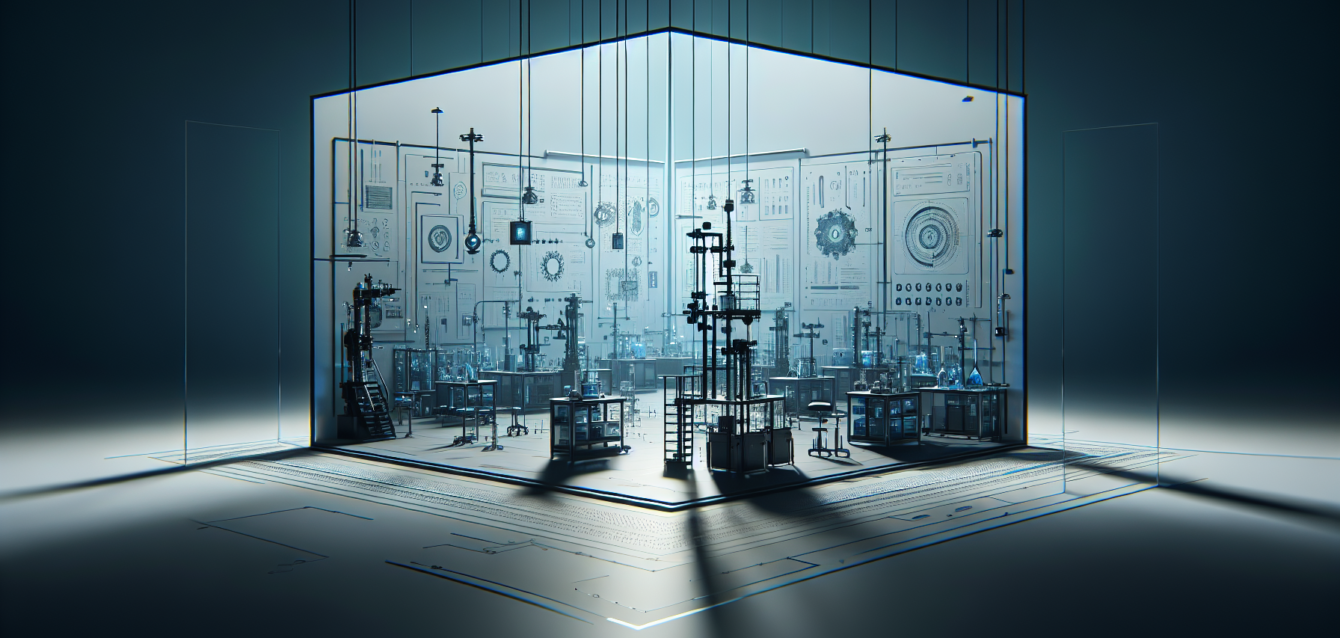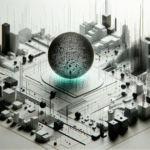Laboratory Automation: Trends and Practical Solutions
- Automation and AI are set to revolutionize laboratory work by 2025, enhancing accuracy and efficiency.
- Laboratories must embrace robotics and human-robot collaboration to streamline workflows and focus on complex analysis.
- Sustainability is becoming a key driver for automation, helping reduce environmental impact while optimizing processes.
- Digitalization enables seamless data integration and collaboration, enhancing decision-making.
- Customizable automation solutions are crucial for specialized testing industries.
Table of Contents
- Why Laboratory Automation Matters More Than Ever
- Key Trends Shaping Laboratory Automation in 2025
- Dominance of Automation and AI
- Rise of Robotics and Human-Robot Collaboration
- Specialized and High-Volume Testing
- Digitalization and Data Integration
- Sustainability and Efficiency
- Collaborative Innovation
- Practical Automation Solutions in Modern Labs
- Conclusion
Why Laboratory Automation Matters More Than Ever
With the continuous expansion of scientific inquiries and the complexities involved in modern diagnostics, laboratories are increasingly tasked with managing vast amounts of data and conducting high-throughput testing with precision. This surge in demand makes it crucial for laboratories to adopt robust automation solutions. Not only do automation technologies enhance workflow efficiency and reduce errors, but they also allow researchers to focus on what they do best—analyzing data and innovating solutions rather than getting mired in repetitive tasks. As we look toward 2025, here are some pivotal trends reshaping this crucial industry.
Key Trends Shaping Laboratory Automation in 2025
Dominance of Automation and AI
Automation and artificial intelligence are at the forefront of laboratory innovations for a reason. They are crucial in managing the mounting workloads while enhancing the quality of laboratory diagnostics and research. According to CLP Magazine, AI is increasingly utilized for real-time adjustments in laboratory processes, which optimize parameters, minimize errors, and improve reproducibility. This shift is revolutionary, as it transforms how laboratories process data and conduct experiments.
Rise of Robotics and Human-Robot Collaboration
The use of robotics in laboratories is no longer a novelty; it’s an expectation. Robotic arms, automated pipetting systems, and advanced automated sample handlers are now commonplace, streamlining workflows and enabling high-throughput screening. With the rise of human-robot collaboration, automation is enhancing, not replacing, human expertise. This shift frees scientists to channel their efforts into complex data analysis and interpretation instead of routine tasks. As noted by SciSpot, this collaboration marks the evolution of the laboratory environment—augmented by technology, not diminished by it.
Specialized and High-Volume Testing
2025 will see a significant increase in specialized testing areas, such as antimicrobial resistance, allergies, and autoimmune diseases. These growing sectors necessitate automation solutions that can accommodate diverse testing demands. Laboratories are tasked with delivering accurate results at a high volume, making automation not just an upgrade but a vital requirement. CLP Magazine emphasizes that the need for efficient automated systems will only grow as testing becomes more specialized.
Digitalization and Data Integration
Digital platforms are revolutionizing laboratory operations through seamless data collection, storage, analysis, and sharing. This integration creates a more connected laboratory environment, enabling better decision-making and collaboration. AI-driven analytics provide the added intelligence to extract actionable insights from the large datasets generated by automated instruments, further enhancing operational efficiency.
Sustainability and Efficiency
As the world increasingly prioritizes sustainability, laboratory automation is stepping up to reduce waste, energy consumption, and resource use. SRG Talent highlights this trend, noting that automated solutions are not just about efficiency but also about supporting broader environmental initiatives. Laboratories adopting these strategies are contributing to the global goal of reducing environmental impact, making them more attractive to stakeholders.
Collaborative Innovation
Cross-sector collaboration is emerging as a powerful catalyst for advancing laboratory automation solutions. This collaborative spirit ensures that automation systems meet the current and future needs of healthcare and research sectors. CLP Magazine points out the importance of shared insights and technologies across disciplines, setting a trend toward collective problem-solving in advanced laboratory operations.
Practical Automation Solutions in Modern Labs
While trends paint an exciting picture of the future, the implementation of these advanced solutions is where laboratories will truly benefit. Here’s how you can leverage automation in your lab:
Automated Sample Preparation
Robotic arms and automated liquid handlers are transforming how sample preparation is conducted. High precision and minimized variability are paramount, allowing laboratories to scale their operations without sacrificing quality. By adopting these technologies, labs can focus on more nuanced and complex analyses—the kind that advances research and drives innovation.
Integrated Robotic Workflows
End-to-end automation platforms are capable of handling an array of laboratory tasks—from barcode scanning to aliquoting, incubation, and result reporting. These systems facilitate “walk-away” workflows, boosting both productivity and reliability in laboratory processes. This not only reduces time spent on routine tasks but also improves the accuracy of results significantly.
AI-Driven Process Controls
Intelligent automation systems that employ AI can monitor and adjust experimental parameters in real-time. Such advancements lead to fewer errors and enhanced reproducibility across experiments. The introduction of these systems eliminates the guesswork that often leads to variability in laboratory results, pushing laboratories toward more consistent and reliable outputs.
Connected Digital Platforms
Laboratory Information Management Systems (LIMS) and cloud-based solutions are crucial for modern data management. They streamline the management of laboratory data, enhance collaboration among team members, and support remote monitoring and troubleshooting. Embracing these technologies means laboratories can adapt more quickly to changing demands and workflows, fostering a culture of innovation and agility.
Customized Automation for Specialized Testing
The need for custom automation solutions is escalating, particularly for high-demand applications like genomics, personalized medicine, and infectious disease diagnostics. Tailoring automation to fit the unique requirements of diverse testing applications will not only support rapid test development but also enable scalability across laboratory systems.
Summary Table: Major Trends and Solutions
| Trend/Need | Automation Solution | Impact |
|---|---|---|
| Increased workload | Automated workflow systems, AI-driven robots | Faster throughput, reduced manual labor |
| Specialized testing | Customizable automated analyzers | Greater test variety and scalability |
| Data management | Digital LIMS, AI analytics | Enhanced accuracy, improved decision-making |
| Error reduction | Real-time process monitoring (AI/automation) | Higher reproducibility, fewer mistakes |
| Sustainability | Resource-efficient automation | Lower environmental impact |
| Human-robot collaboration | Augmented workflows (not full replacement) | Scientists focus on interpretation/creativity |
Conclusion
As we look toward the future, it is clear that laboratory automation in 2025 will be defined by the integration of automation, AI, robotics, and digitalization. These solutions empower laboratory professionals, enabling them to tackle the more significant scientific and diagnostic challenges that lie ahead. With the right tools and approaches, laboratories can not only enhance their operational efficiency and sustainability but also redefine the very landscape of scientific discovery.
To learn how QPS Engineering can assist your laboratory in adopting these advanced solutions, don’t hesitate to explore our engineering services or reach out to our team on LinkedIn. Together, let’s shape the future of laboratory work.







